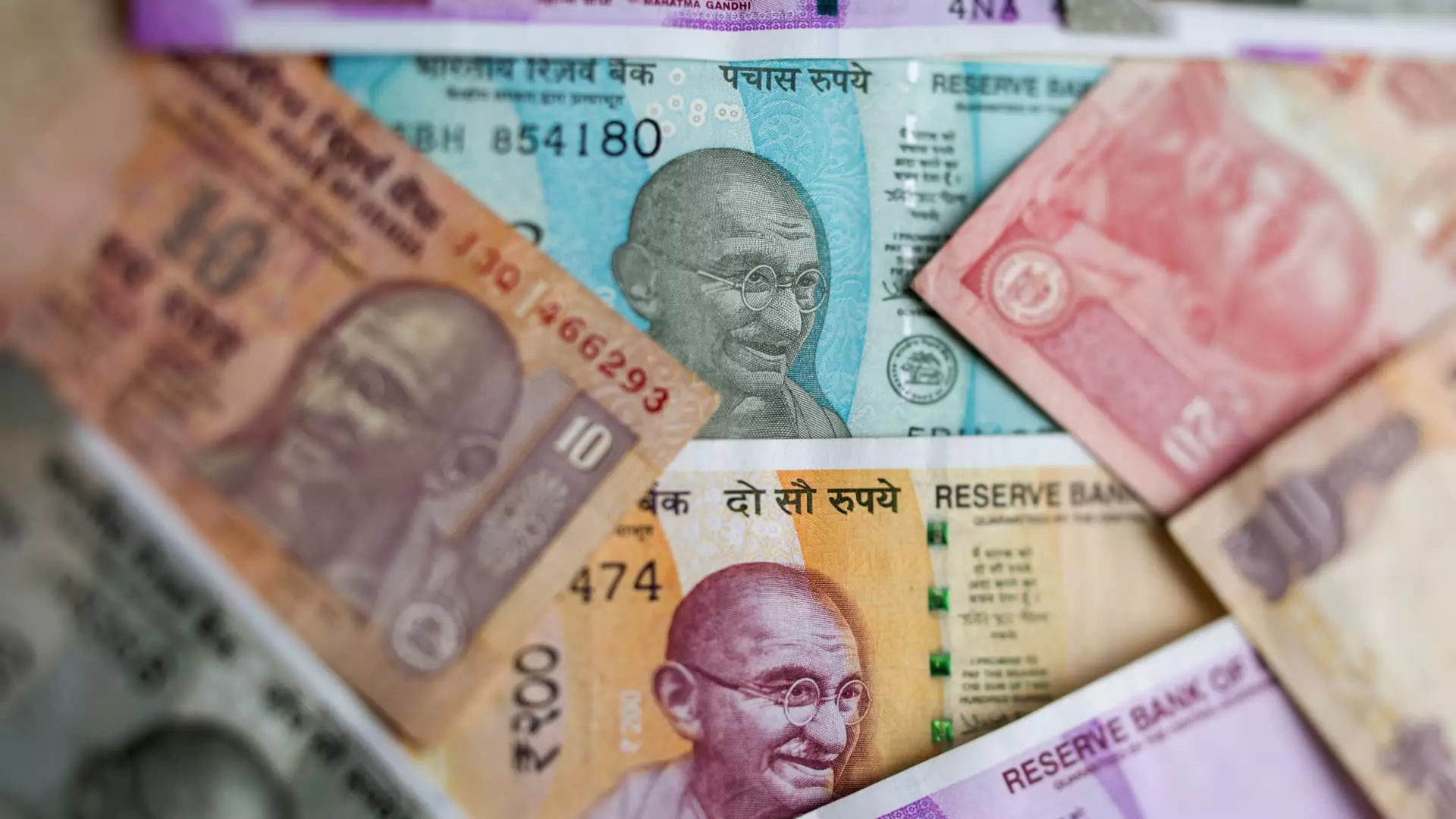The U.S. Federal Reserve is anticipated to reduce interest rates in the coming months, a move that may not bode well for the dollar but could prove beneficial for some Asian currencies. When interest rates are heightened, it typically bolsters a country’s currency by attracting foreign investments and increasing demand. Accordingly, a weaker U.S. dollar is generally favorable for emerging markets, particularly when the Fed lowers interest rates outside of an economic crisis.
Among the currencies that stand to gain from the Fed’s monetary policy adjustment are the Chinese yuan, the Korean won, and the Indian rupee. China has faced a series of negative headlines that have impacted investor confidence. However, there is optimism that Chinese authorities will prevent the nation’s currency from depreciating below a certain level. As a result, the yuan is anticipated to remain relatively stable against the dollar as policymakers implement fiscal stimulus and credit growth measures.
Exchange Rate Mechanisms
Unlike major currencies like the Japanese yen or the U.S. dollar, the Chinese yuan is not freely floating. Instead, China exercises strict control over the onshore yuan by pegging it to a daily midpoint fix against the greenback. This control allows China to manage its currency amidst external market forces. In response to anticipated Fed rate cuts, the yield differentials between the U.S. and China may shrink, providing relief to the Chinese yuan.
In addition to the Chinese yuan, the Indian rupee is expected to benefit from carry trades this year. Carry trading involves borrowing low-yielding currencies to purchase high-yielding assets. Anticipated interest rate differentials between the U.S. dollar and other major currencies could create favorable conditions for carry trades, thereby supporting the Indian rupee. The Reserve Bank of India is likely to adopt a cautious approach to monetary policy adjustments, resulting in a slower rate cut pace compared to the Federal Reserve.
The South Korean won has faced pressure in recent years but is projected to experience relief in 2024 due to improving economic conditions and the Fed’s policy adjustments. As a low-yielding and cyclical currency, the won is expected to be a major beneficiary of the Fed’s easing cycle. The extent of the Fed’s rate cuts will play a crucial role in determining the magnitude of the won’s gains. Overall, South Korea’s economic outlook is optimistic, with the International Monetary Fund forecasting improved growth for the country in the coming years.
The impact of the U.S. Federal Reserve’s monetary policy on emerging market currencies is a complex and dynamic process. While some currencies may benefit from rate cuts, others may face challenges. It is crucial for investors and policymakers to closely monitor these developments and adapt their strategies accordingly to navigate the changing landscape of the global economy.


Leave a Reply